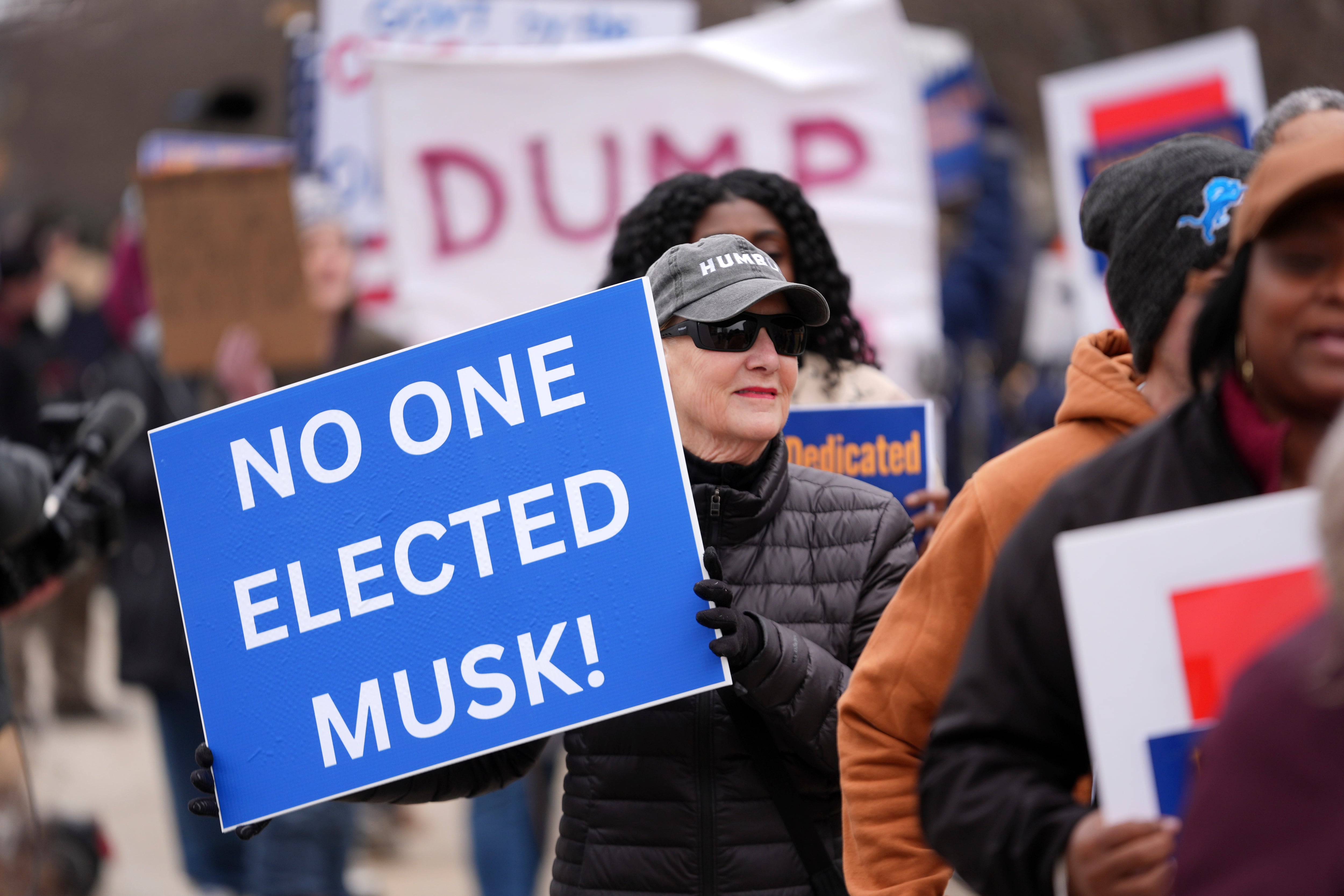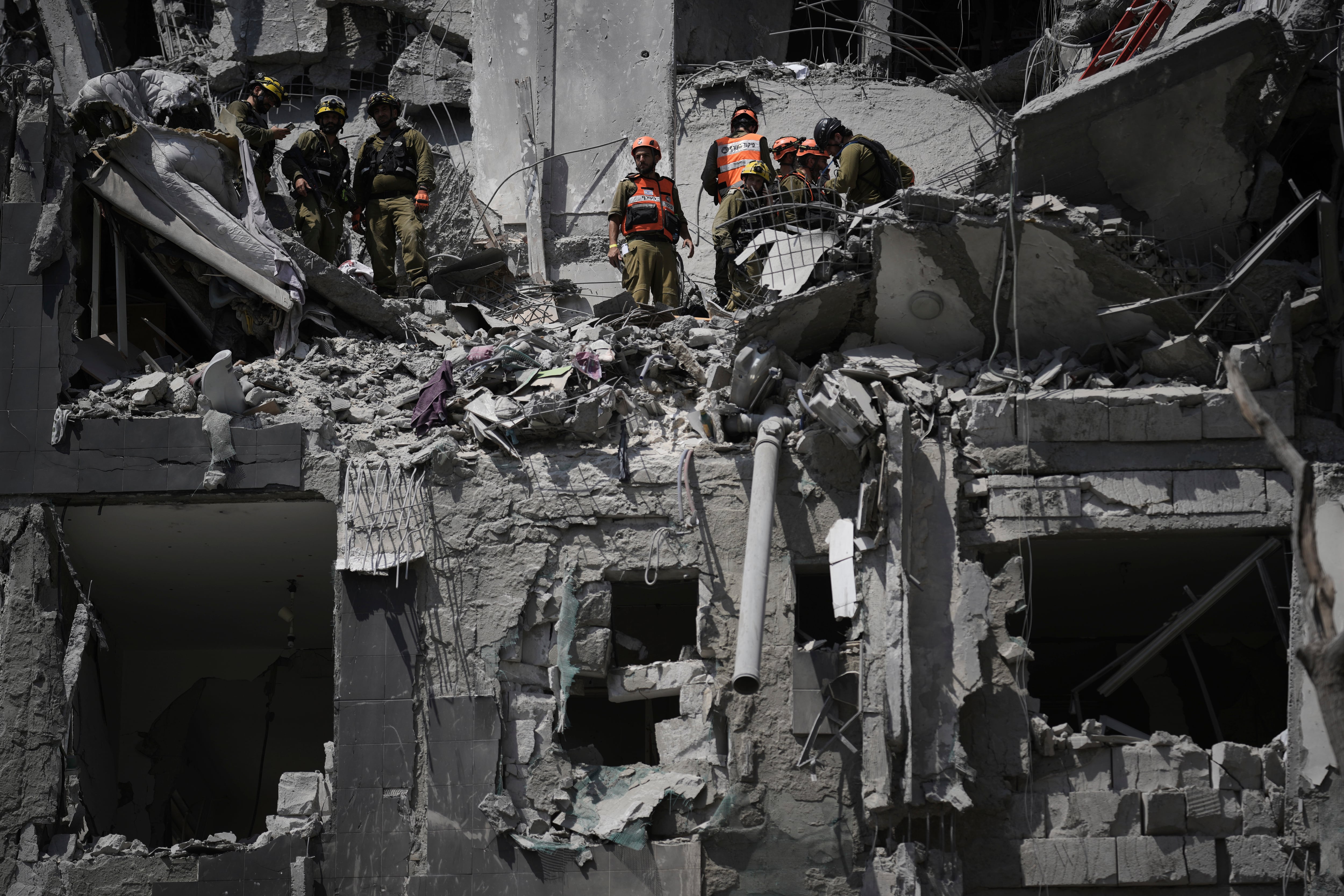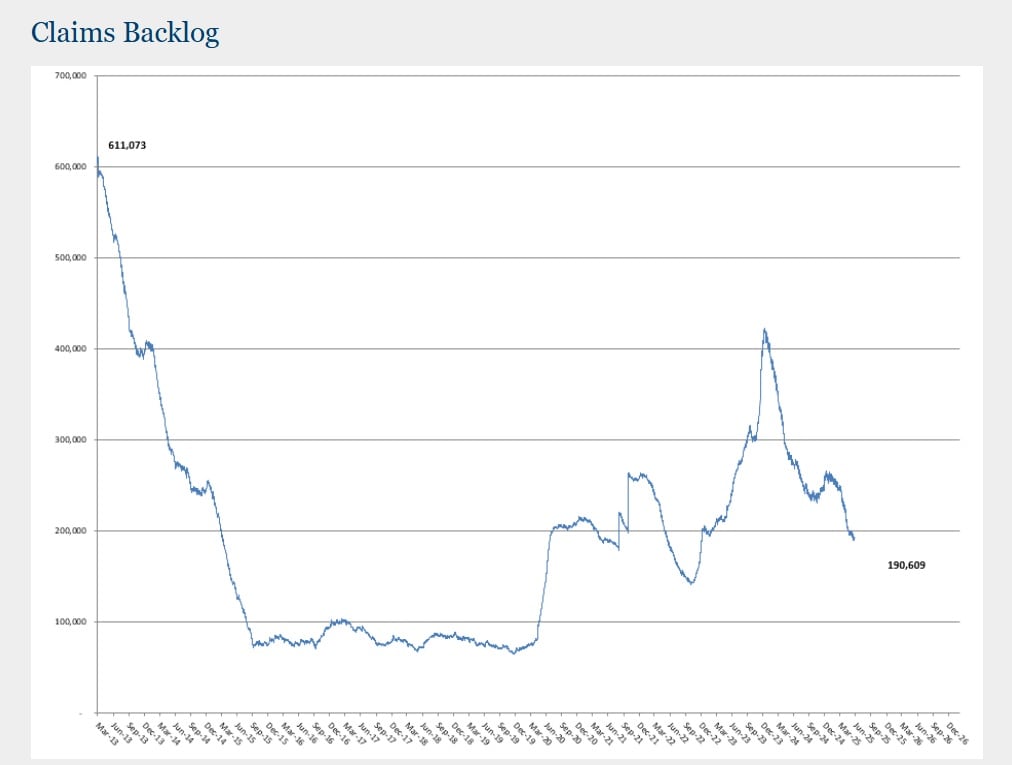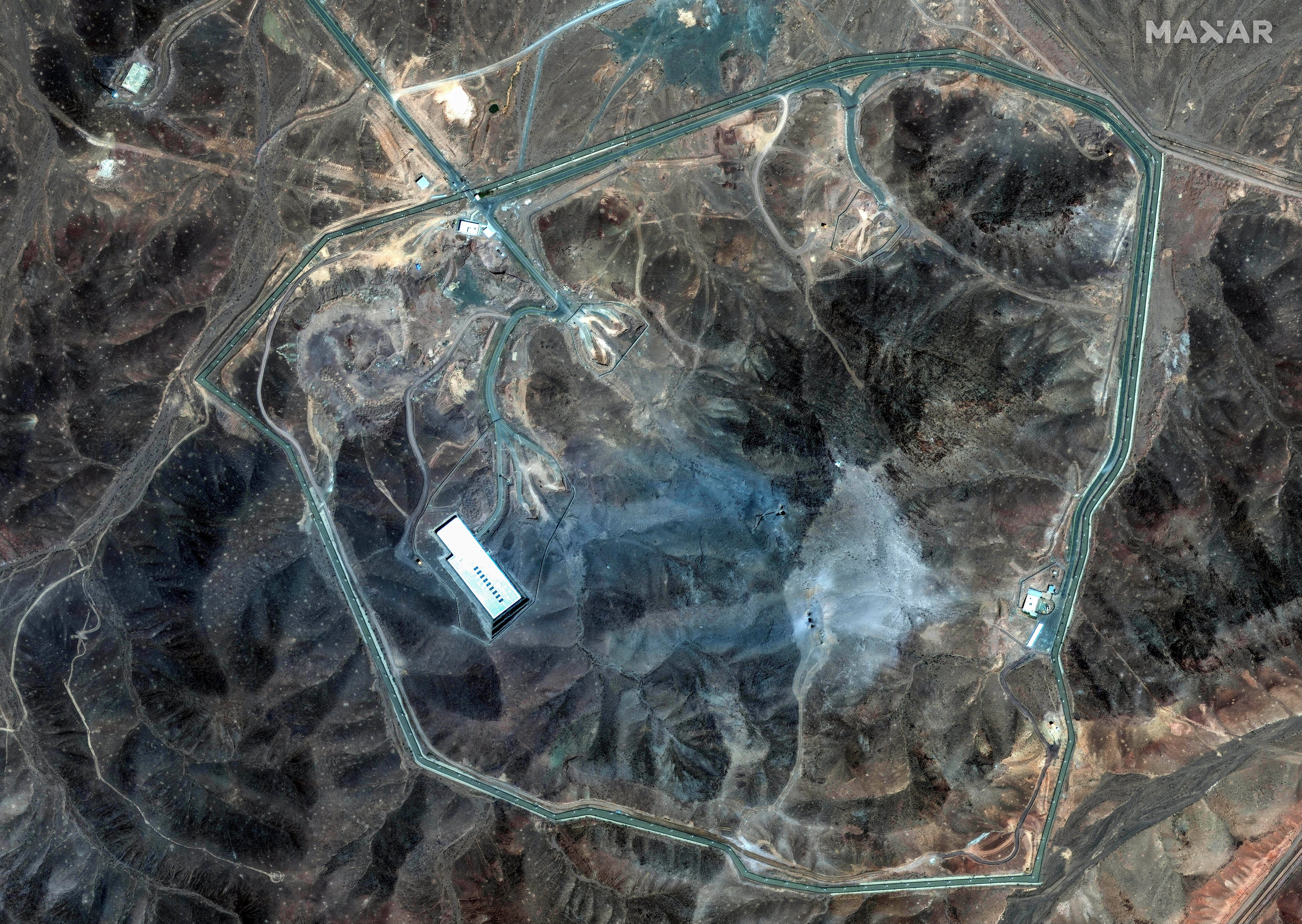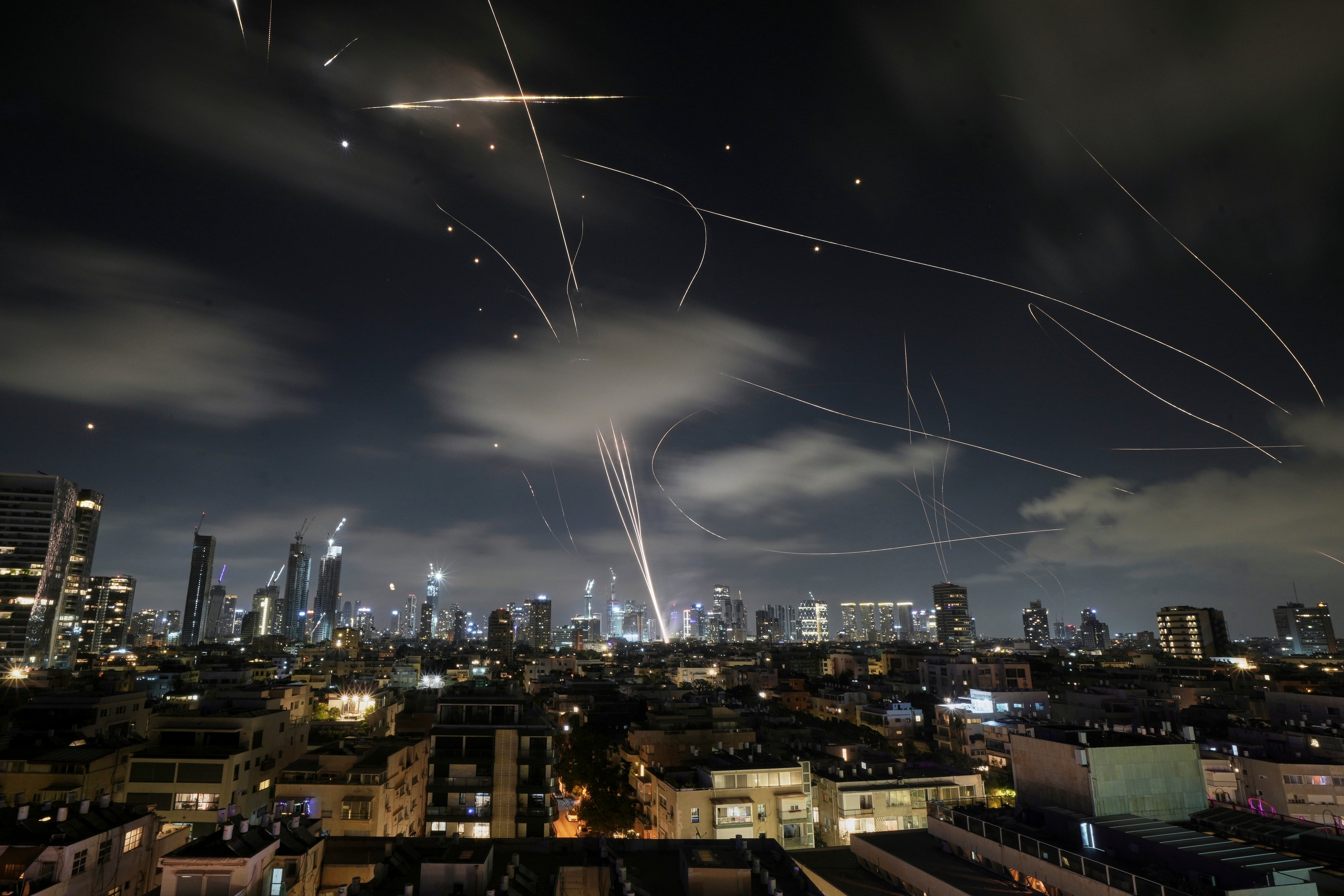Most troops paid at least $1,000 a year out of pocket in 2020 because of reductions in the Basic Allowance for Housing, according to an analysis by government auditors.
“The fact that DoD has been reducing the Basic Allowance for Housing has not gotten a whole lot of attention, so it may be a surprise to some service members and their families,” Elizabeth Field, director of the Government Accountability Office’s Defense Capabilities and Management team, told Military Times. “For military families living off base in housing they find in the local economy, the reduction means that they’ve had to share more of the cost of housing than they have in the past.”
To GAO’s knowledge, this is the first time an analysis has been conducted of the actual BAH reductions and what they mean to service members, Field said. Their chart shows how much extra a service member would get each month and over a year’s time, if the 5 percent reduction weren’t required. For example, E1s to E4s with dependents missed out on $84 a month in 2020, according to the Jan. 26 GAO report.
Starting in 2015, DoD reduced the BAH rates gradually by 5 percent, so that service members are required to pay a share of their housing costs out of pocket. Instead of the previous goal that BAH would cover 100 percent of housing costs, the rate was reduced to 95 percent.
“For those who would never intend to live on base, the 5 percent out of pocket cost means some choose to live at the 95 percent standard, which can be significant in some locations,” according to Dan Merry, vice president of government relations for the Military Officers Association of America. It can be especially difficult for junior troops in some areas.
The BAH reductions were fully phased in by fiscal year 2019. The auditors note that defense officials asked for the change in law so they could divert some of the money paid in BAH into the force for training and readiness. DoD spent about $20 billion in fiscal 2019 on BAH, one of the largest parts of military pay, according to auditors.
BAH rates are calculated each year for each of the 301 separate military housing areas — based on pay grade, and whether the service member has dependents. While on the average an as a whole BAH rates have increased since 2014, individual rates can increase or decrease for a given pay grade, dependency status, and geographic location. A service member may choose to rent or buy a dwelling in the civilian community that costs less than the monthly BAH, and can pocket the extra money. If they choose to rent or buy a dwelling that costs more than BAH, that extra comes out of pocket, too. For those living in privatized housing, the rent is set at the BAH rate.
The 5 percent reduction is calculated after DoD determines the BAH rates for the individual locations. They calculate a weighted national average of those local rates, and use the weighted national average rates to determine the dollar amount of reduction for each BAH rate to equal a 5 percent reduction.
The BAH rates are reduced by a set dollar amount, regardless of where the service member is stationed. DoD contends calculating the reductions in this way is more equitable, the GAO auditors stated, because it ensures the amount coming out of pocket for the service member is the same across any given pay grade and dependency status, regardless of where in the U.S. a service member is stationed.
That does mean that the percentage of the actual reduction varies by location. Service members in more expensive areas where the BAH was greater than the national average see a lower percentage of decrease in their BAH than those living in lower cost areas. Using GAO’s examples, the $102 per month reduction equals a 2-percent BAH reduction for the E6 with dependents in San Francisco; and about a 10 percent BAH reduction for an E6 with dependents living Johnstown, Pa.
Examples of how much the BAH reduction cost troops in 2020:
| With Dependents | Without dependents | |
|---|---|---|
| E1-E4 | $84 per month/$1,008 per year | $69 per month/$828 per year |
| E6 | $102 per month/$1,224 per year | $87 per month/$1,044 per year |
| E7 | $104 per month/$1,248 per year | $89 per month/$1,068 per year |
| O2 | $96 per month/$1,152 per year | $87 per month/$1,044 per year |
| O4 | $127 per month/$1,524 per year | $112 per month/$1,344 per year |
| O6 | $143 per month/$1,716 per year | $127 per month/$1,524 per year |
| O7-O10: | $148 per month/$1,776 per year | $132 per year/$1,584 per year |
| Source: | GAO analysis of DoD data |
Privatized housing landlords get compensation for BAH reductions
Meanwhile, concerns were raised about how these reductions in BAH would affect the financial viability of privatized housing projects, which rely on service members’ rent as their primary source of income.
In fiscal years 2018, 2019, and 2020, Congress required the military to make payments to the privatized housing projects to offset the BAH reductions.
“The fact that subsidy payments are paid to [privatized housing projects’ to offset the BAH reduction …. I don’t think that’s well-known” among troops and families, said Sarah Kline, an Army wife and housing advocate for the Military Housing Advocacy Network. “It doesn’t feel fair to the service members living off base in the civilian community, forced to deal with the reduced [BAH] rates.”
About two-thirds of families live off base, either by choice, or because on-base housing isn’t available. “Military families who do not have a choice to live on installation may find the BAH reduction and investment in [the privatized housing projects to offset BAH reductions] unfair,” MOAA’s Merry said. “Long waiting lists on installations where housing demand exceeds supply often results in expensive out-of-pocket options off base.”
In their Jan. 26 report, auditors found problems with the congressionally-mandated method for calculating the payments to the projects. Because the payments to the projects are based on the local BAH rate, and the BAH reductions are based on a national weighted average BAH rate, it causes a “distortion” that gives some privatized housing projects more money or less money than Congress intended, auditors stated.
Auditors found that six privatized housing projects received more than $1 million greater than the estimated amount of BAH reductions of the service members in their communities. Yet six other projects received more than $1 million less than the estimated amount of BAH reductions. GAO hasn’t released information on the specific projects.
“For those living on base in privatized housing, the impacts of the reduction have been mixed,” Field said. “As we found, there have been some instances in which DoD did not provide enough funds to privatized housing developments to make up for the reduction in BAH. In these cases, that meant less funding available to help maintain quality housing, a concern that Congress and others have been focused on in recent years.
“We also found instances in which DoD provided more funds than needed.” Auditors recommended that Congress take steps to fix this methodology.
Kline said she is concerned about locations where the military privatized housing landlords were undercompensated for the BAH reduction, and how it affects military families living in those housing areas.
In 2019, DoD’s reduction in BAH for troops specifically living in privatized housing saved DoD about $193 million. That same year, DoD made congressionally mandated payments to private housing landlords of $198 million to offset the losses.
Overall, the Army’s and Air Force’s payments to privatized housing projects on their installations were $3.4 million and $3.5 million less, respectively, than the total BAH reduction, indicating underpayments to some projects. The Navy’s and Marine Corps’ overall payments to projects were greater than the BAH reduction, by $9 million and $2.7 million.
Karen has covered military families, quality of life and consumer issues for Military Times for more than 30 years, and is co-author of a chapter on media coverage of military families in the book "A Battle Plan for Supporting Military Families." She previously worked for newspapers in Guam, Norfolk, Jacksonville, Fla., and Athens, Ga.



